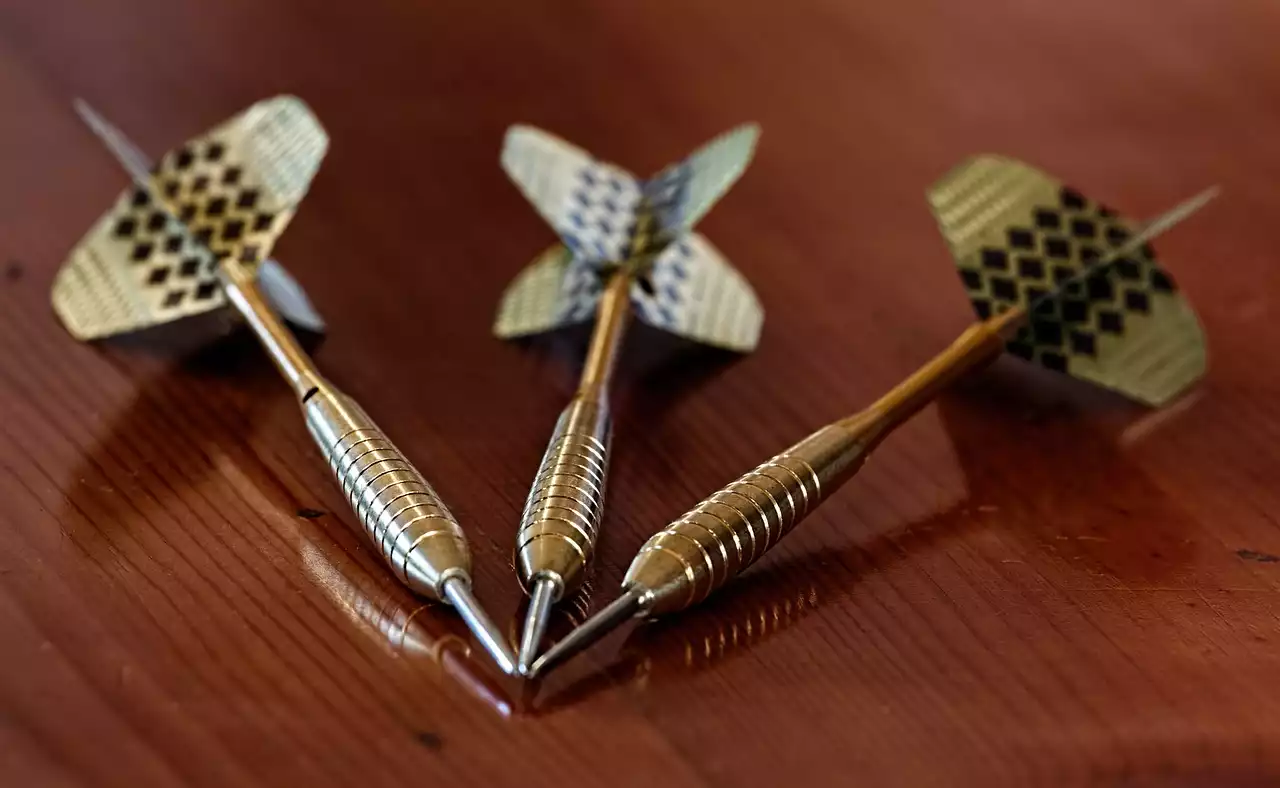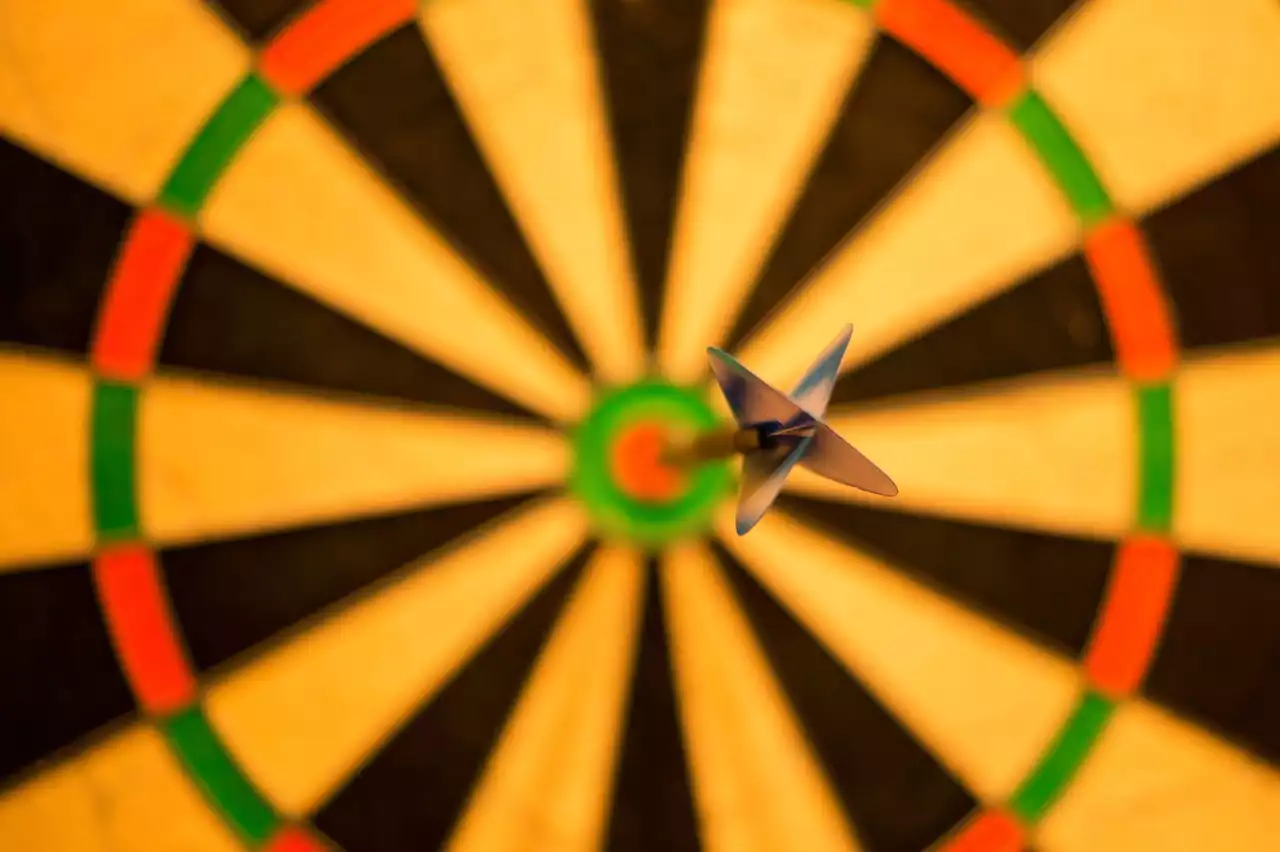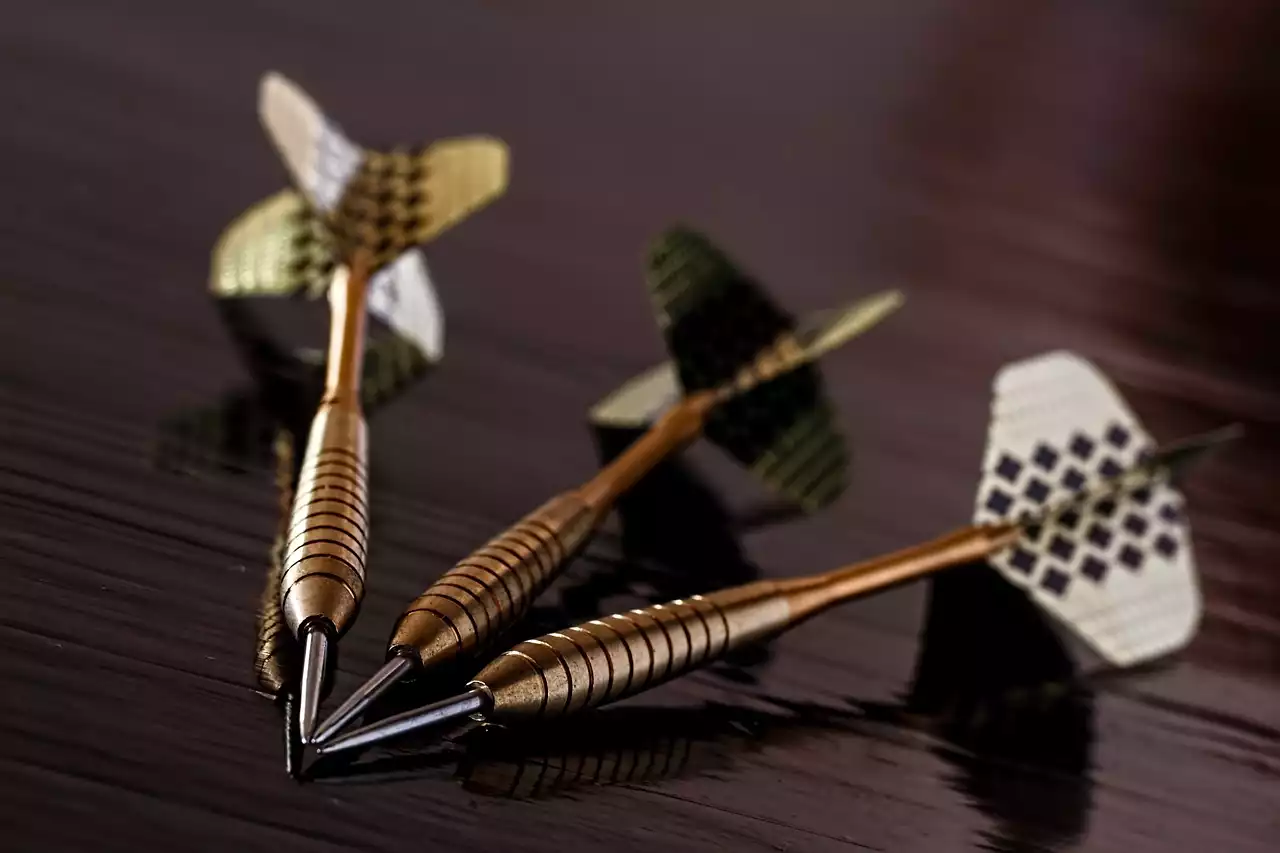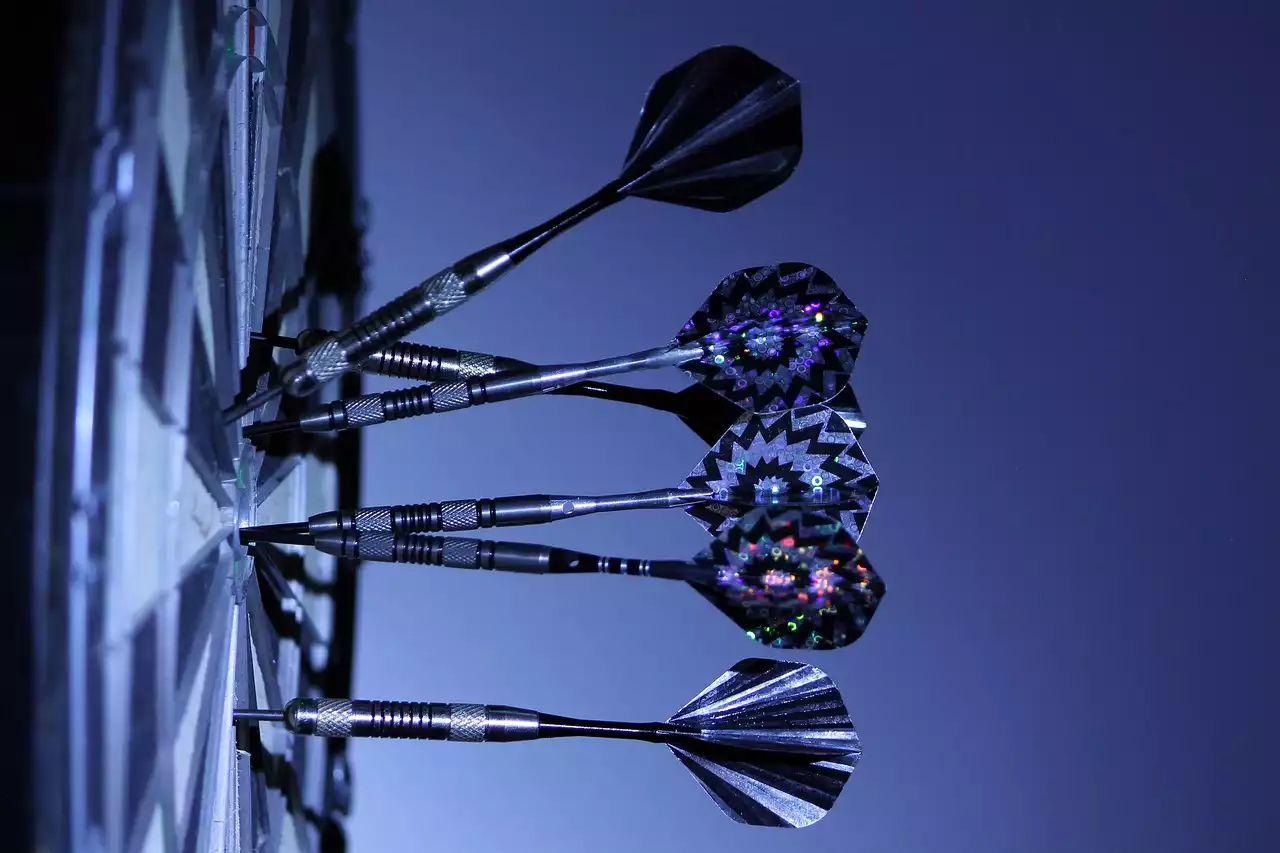Origins of Darts
The origins of darts can be traced back to as early as the 15th century, where it was played as a game of skill and precision. Originally, it was a form of archery, with cross-sections of tree trunks used as targets. These logs were then marked with various numbers, and players would throw short arrows, known as "darts," to score points. As the game evolved, the wooden targets were replaced with circular boards made of sisal fibers, which offered a more durable and consistent playing surface.
The early days of darts saw the game being played in pubs across the United Kingdom. It was a popular pastime among workers and soldiers, providing them with a way to relax and socialize. The game gained further popularity during World War I, as soldiers would play darts to pass the time in the trenches. This led to an increase in the number of dartboards being manufactured, and the game started to be recognized as a legitimate form of entertainment.
The game's popularity continued to grow throughout the 20th century, with more and more people taking up darts as a hobby. Local pub competitions became a regular occurrence, and players began to develop their own techniques and strategies. It was during this time that the foundations of competitive darts were laid, setting the stage for the evolution of darts tournaments.
Evolution of Darts Tournaments
As darts gained popularity, the demand for organized tournaments grew. The first recorded darts tournament took place in 1927, known as the News of the World Individual Darts Championship. This tournament paved the way for future competitions, and it became an annual event that attracted players from all over the country. The format of the tournament involved players competing in a knockout-style competition, with the winner being crowned the champion.
In the following decades, more tournaments started to emerge, offering players the opportunity to showcase their skills on a larger stage. The British Darts Organisation (BDO) was founded in 1973 and became the governing body for darts in the UK. The BDO organized several prestigious tournaments, including the World Professional Darts Championship, which became one of the most coveted titles in the sport.
The rise of professional darts organizations
In the 1990s, professional darts saw a significant shift with the establishment of the Professional Darts Corporation (PDC). The PDC brought a new level of professionalism to the sport, introducing higher prize money, televised events, and a more structured tournament system. This marked a turning point in the history of darts tournaments, as it created a clear divide between the BDO and PDC.
The PDC's flagship tournament, the PDC World Darts Championship, quickly became one of the most prestigious events in darts. With its high production value and top-quality players, the tournament attracted a global audience and elevated the status of professional darts. The PDC also introduced the Premier League Darts, a round-robin tournament featuring the best players in the world, which further increased the popularity of the sport.
Famous darts tournaments throughout history
Throughout the years, several darts tournaments have gained legendary status in the world of darts. The World Darts Championship, both in its BDO and PDC iterations, has produced countless memorable moments and iconic champions. Players like Phil Taylor, Eric Bristow, and Raymond van Barneveld have dominated the tournament, etching their names into the history books of darts.
Other notable tournaments include the World Masters, the UK Open, and the Grand Slam of Darts. These tournaments provide players with the opportunity to showcase their skills against top-level competition and have produced some of the most thrilling matches in darts history. The unique formats and intense atmosphere of these events continue to captivate audiences around the world.
Notable players in the history of darts tournaments
Over the years, darts tournaments have been graced by some of the greatest players the sport has ever seen. Phil Taylor, often regarded as the greatest darts player of all time, dominated the game for over two decades, winning numerous titles and setting countless records. His arch-rival, Raymond van Barneveld, also left an indelible mark on the sport, winning multiple World Championships and captivating audiences with his natural talent and showmanship.
Other legendary players include Eric Bristow, John Lowe, and Michael van Gerwen. These players have not only achieved great success in terms of tournament victories but have also played a crucial role in popularizing the sport and inspiring a new generation of darts players.
The impact of television on darts tournaments
The advent of television had a significant impact on the popularity of darts tournaments. The coverage of darts events brought the game into the homes of millions of viewers, exposing them to the excitement and drama of competitive darts. The use of multiple camera angles, slow-motion replays, and expert commentary enhanced the viewing experience, making it more engaging and accessible to a wider audience.
Television coverage also played a crucial role in attracting sponsors to darts tournaments. Companies recognized the potential reach and impact of televised events, leading to increased investment in the sport. This, in turn, resulted in higher prize money, improved facilities, and the overall growth of the darts industry.
The modern era of darts tournaments
In recent years, darts tournaments have continued to evolve and thrive. The PDC has expanded its calendar to include more international events, allowing players from around the world to compete against each other. The World Series of Darts has taken the sport to new territories, with tournaments being held in countries such as Australia, Germany, and the United States.
The introduction of new tournament formats has also added excitement and variety to the darts calendar. The World Cup of Darts, for example, sees players representing their countries in a team format, creating a unique sense of national pride and camaraderie. The World Matchplay, the World Grand Prix, and the World Series of Darts Finals are just a few of the other tournaments that have become highlights of the darts season.
Popular darts tournament formats
Darts tournaments come in various formats, each offering its own set of challenges and opportunities for players. The most common format is the knockout-style tournament, where players compete in a series of matches, with the losers being eliminated until a champion is crowned. This format is used in many prestigious tournaments, including the World Darts Championship and the Premier League Darts.
Another popular format is the round-robin tournament, where players face each other in a league-style competition. Points are awarded for wins and draws, and the player with the most points at the end of the tournament is declared the winner. The Premier League Darts and the World Series of Darts Finals are examples of tournaments that utilize this format.









